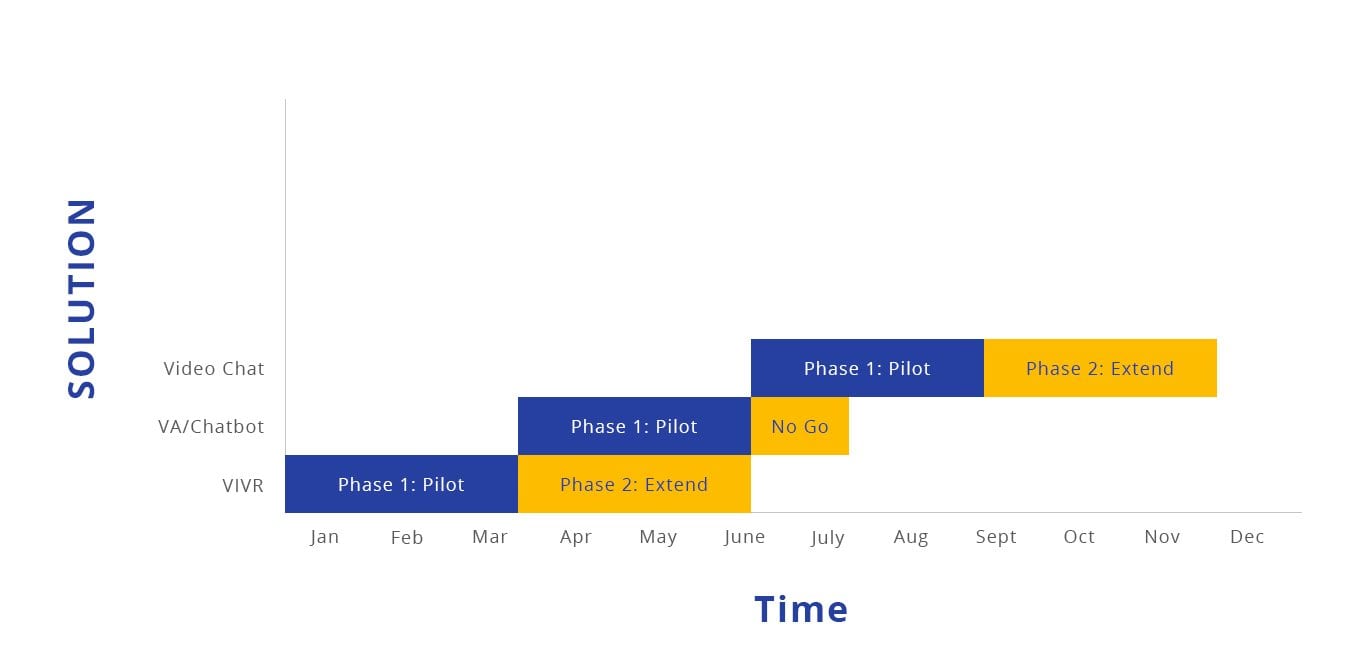
The digital transformation landscape is already crowded and becoming even more so every day. We have industry digital veterans (like eGain, LivePerson, Creative Virtual & [24]7) providing VA, chat and co-browsing competing against traditional mainstream telephony & contact centre providers (like Cisco, Avaya and Genesys) who are adding digital offerings to their existing product suite. But every other day another start-up seems to appear on the landscape trying to sell the latest and greatest digital solution.
For any company looking for a solution, it’s as frustrating and confusing as going into a supermarket simply wanting to buy some cereal but then seeing a long aisle filled with only cereals! You are then faced with making a choice.
As Uniphore’s EMEA & APAC Business Development Manager, I’m constantly talking with a wide range of stakeholders (Digital & Innovation, Contact Centre & Operations, as well as Customer Experience) across multiple industry verticals about drive CX and digital adoption. For me, it’s always interesting to hear their opinions of the market, solutions and the future.
From these conversations, one major trend has emerged that I believe is a real game-changer for the industry. Whilst companies allocate budgets for their digital transformation projects for a year (as per normal), ROI models have completely transformed just like the solutions themselves. Outside of large 2+ year IT stack/infrastructure upgrades, no company is willing to commit a million dollar budget to one solution or provider with an ROI exceeding 12 months. The reality is that technological transformations are advancing at a speed that companies simply are unable to keep up with – not just to buy, but implement & review the ROI. And who really wants to be footing the bill for a solution that has already been superseded?
One customer summed it up for me – he said that he had a $1m budget and that he was investigating which channel solutions would drive the best ROI for him over the next 12 months – would it be chat, Visual-IVR, Virtual-Assistants or chat bots.
Then the penny dropped: Buying digital solutions is like buying a Google AdWords campaign. Instead of allocating the majority of a budget to a couple of solutions, companies are hedging their bets and spreading the risk across multiple solutions: their current offerings, new offerings and those they aren’t even aware of yet! Furthermore, they will scrutinize each solution based on cost, time to implement and ROI.
The underlying problem here is that it takes time to truly develop an ROI model and the newer the technology, the less availability of case studies. Whilst every major company wants to be seen as innovative and an industry leader, most don’t want to be first!
When you consider that Gartner has stated that 85% of all interactions will be non-human by 2022 and that 89% of companies compete on CX alone, you can see why it’s incredibly important to understand what digital transformation solutions exist and their impact on CX & bottom line results. Especially when less than 12% of CX initiatives actually deliver an ROI!
So what are companies doing differently? Instead they are allocating less money to a larger number of solutions and then tweaking their incremental spend based on ROI. Simultaneously they are conducting pilots of multiple solutions and dropping those that either don’t deliver a solid ROI or are experiencing diminishing returns.


The significance is huge for both customers and vendors: the length of sales cycle, the cost to purchase/implement and the time-to-market must fall. Otherwise companies will still be considering tenders for outdated solutions, providing inferior Customer Experience options for their customer which ultimately could cost market share and bottom line profits.
For some time, the buzz around RPD (“rapid process digitization”) described how companies are no longer waiting until their solution is 100% but to release it faster in prototype form and using customer feedback to drive updates. In order to keep up, maybe companies and vendors need to consider how they use RPD to their sales cycles.
What are your thoughts?


[About the author] Graeme Gilovitz heads up Uniphore’s Business Development team for the EMEA and APAC regions. Armed with a background in marketing & recruitment, Graeme sees the world differently from others. He uses his “disruptive thinking” to find ways of enabling people and businesses to gain a competitive edge in a very overcrowded and complex world.

